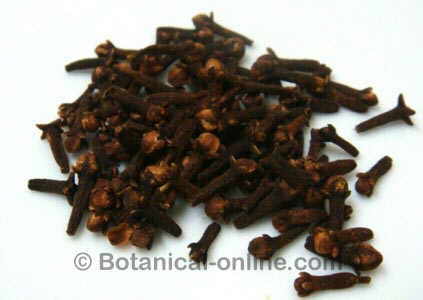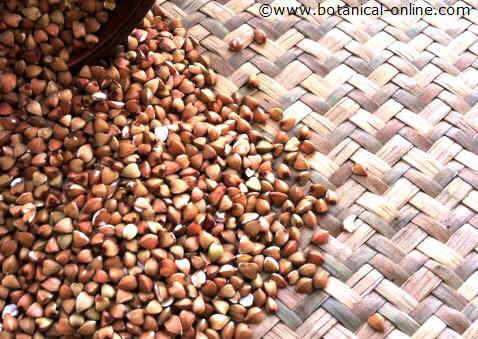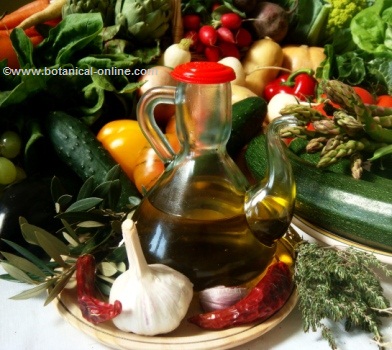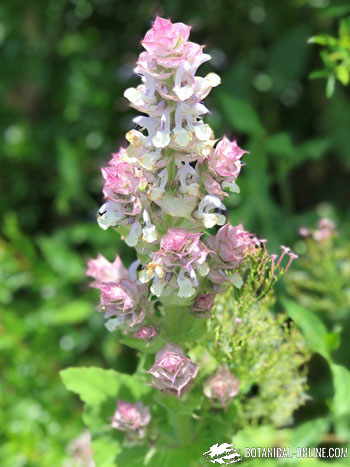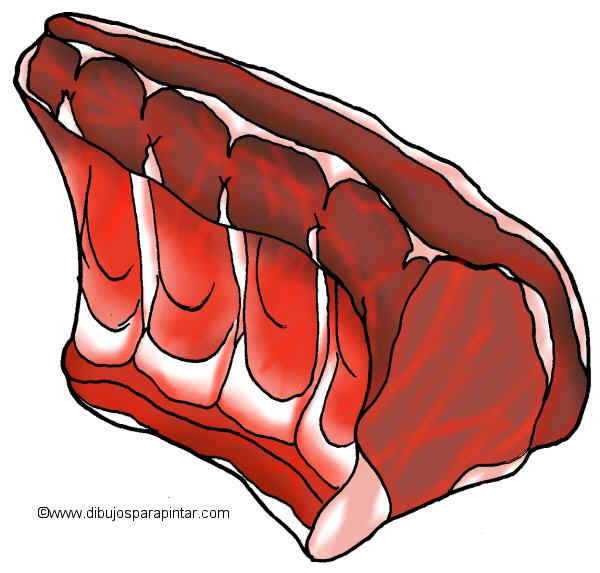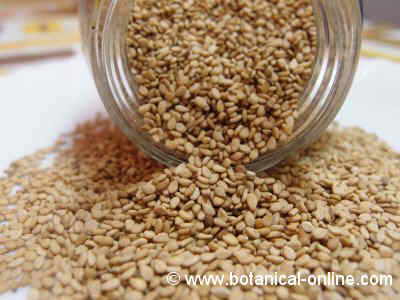Edible properties of green peas
PROPERTIES OF PEAS
Peas help improve circulation and heart health
Peas have beneficial effects on blood circulation. Like other legumes, they are able to prevent the formation of blood clots in the arteries causing atherosclerosis or poor circulation.
They have also been proved to possess anti-hipercholesterolemic properties, that’s to say, they are able to reduce “bad” cholesterol in the blood. This, added to its vasodilating properties, makes this vegetable a good ally for a healthy heart.
Frequent consumption of peas can help improve or prevent the onset of circulatory diseases, such as angina pectoris or myocardial infarction.
Among the many components involved in these properties we include its richness in vitamin C (ascorbic acid), and minerals such as calcium and magnesium, its content in soluble fiber, some acids (mainly phytic acid, malic acid, oleic acid and linoleic acid) genistein or lecithin.
Peas can control levels of blood sugar
Peas, like other legumes, are characterized by their ability to pour glucose gradually into the bloodstream. When we eat this vegetable, glucose is being incorporated into the blood slowly. This control of blood sugar is very interesting for two main reasons:
– To maintain a sense of fullness for a long time: Unlike other foods that produce a sudden rise of blood sugar, forcing the body to burn a lot of sugar in a short time, peas can keep these levels very stable which determines our body can be satiated for long.
They are ideal for feeding children so they can have enough energy to play; for people doing some exercise or simply for all those who want to stay satisfied without feeling hungry after a while.
In this sense, the consumption of peas may be useful in slimming diets because, by means of keeping hunger under control, we are not forced to eat other foods with more calories.
– To keep blood sugar within normal levels without needing a lot of insulin: This is very interesting for people who have diabetes and need to control their levels of blood sugar. The consumption of this food can make them less dependent on the supply of insulin.
It has been shown to have many anti-glycemic components. Among all them we will mention the following: ascorbic acid, salicylic acid, nicotinic acid, minerals such as chromium, manganese, and other components such as pectin, niacin or tryptophan.
Peas are rich in vegetable protein and constructive minerals
Peas are a very suitable source of vegetable protein mainly in the form of legumina. Ideal for those who want to make vegetarian diets, green peas, like other legumes, may provide the protein needed for the development and renewal of cells.
Peas also contain high amounts of magnesium, necessary for the synthesis of proteins. This makes them very suitable food for children or young people in times of growth or for seniors who need to activate cell renewal. Peas help maintain body tissues in good condition.
If we want these proteins to be completely appropriate for the body it is necessary to combine them with cereals such as rice, oats or corn, which supply those essential amino acids that peas do not have.
The combination of of peas with rice, for example, it is interesting dietetically since it can provide as interesting proteins as a serving of meat
Its wealth of proteins and nucleic acids is considered as a natural anti-aging antidote because they are able to renew the cells of our body.
It is considered that the health of hair, skin, nails, muscle strength, or vitality in general, both physical and mental, is enhanced by the high consumption of foods rich in these components.
In the same way, we must not forget the revitalizing importance of riboflavin or vitamin B2. This vegetable contains a lot of this vitamin.
Neither should we forget, in the constructive role of this food, the wealth of peas in iron, calcium and phosphorus. Iron is necessary for the prevention of anemia, calcium is involved in bone formation and may prevent osteoporosis.
Phosphorus, as well as being necessary for the production of body energy, is the second most important mineral after calcium for the formation of bones.
Peas promote intestinal transit and prevent colon cancer
Peas are high in fiber, particularly insoluble fiber. This type of fiber increases intestinal peristalsis and promotes the expulsion of the stool so it prevents the occurrence of constipation.
Furthermore, we know that foods high in fiber diminishes sedimentation in the colon walls of potentially carcinogenic substances, specially responsible of the development of colon cancer.
Moreover, as seen above, this vegetable contains plenty of soluble fiber that combines with water to form a gel that hinders the absorption of cholesterol, fat and sugar in the blood.
Peas protect the nervous system and benefit mood
Peas are rich in vitamin B, that, as we know, is the right vitamin for the proper functioning of the nervous system. We should highlight vitamin B1 or thiamin needed to nourish the nervous system with glucose properly. Its deficiency causes the degradation of nerve fibers and causes unpleasant symptoms such as lack of coordination, tingling sensations in the legs, hands or feet.
Peas are also rich in niacin, or vitamin B3, that, along with thiamine, pyridoxine and riboflavin, contribute to maintain the nervous system healthy.
They are also rich in folate that, once in the body, is converted into folic acid (vitamin B9) whose deficiencies are responsible for the symptoms of depression or moodiness.
Eating peas helps to overcome nervousness and to maintain a more positive mood. This is the scientific reason why peas have traditionally been considered as an antidote to the “evil spirits” because its vitamin B content improved the mood of the people who ate them and drove away the “bad thoughts”
Despite being a highly recommended food, peas, for its wealth in the complex sugars raffinose and stachyose, are quite difficult to digest for some people and can cause them flatulence.
| Composition of peas per 100 gr. | ||
| Nutrition facts | Raw and fresh peas with skin | Cooked dry peas with no salt |
| Water | 78 gr. | 69,49 gr. |
| Energy | 83 Kcal | 118 Kcal. |
| Fat | 0,4 gr. | 0, 39 gr. |
| Protein | 7 gr. | 8,34 gr. |
| Carbohydrates | 11 gr. | 21, 11 gr. |
| Fiber | 5 gr. | 8,3 gr. |
| Potassium | 330 mg | 362 mg |
| Phosphorus | 116 mg | 99 mg |
| Iron | 3 mg | 1,29 mg |
| Sodium | 2 mg | 2 mg |
| Magnesium | ? mg | 36 mg |
| Manganese | ? mg | 0, 396 mg |
| Selenium | ? mg | 0,6 mg |
| Zinc | 1 mg | 1 mg |
| Copper | ? mg | 0,181 mg |
| Calcium | 21 mg | 14 mg |
| Vitamin C | 27 mg | 0,4 mg |
| Vitamin E | ? mg | 0,390 mg |
| Vitamin A | ? UI | 7 UI |
| Vitamin B1 (Thiamin) | 0,35 mg. | 0, 190 mg. |
| Vitamina B2 (Riboflavin) | 0,14 mg | 0, 056 mg |
| Folic acid | 62 mg | 65 mg |
| Niacin | 2,9 mg | 0, 890 mg |
![]() More information on peas.
More information on peas.


